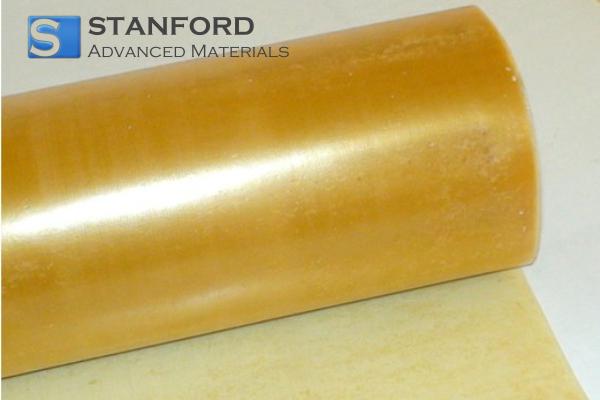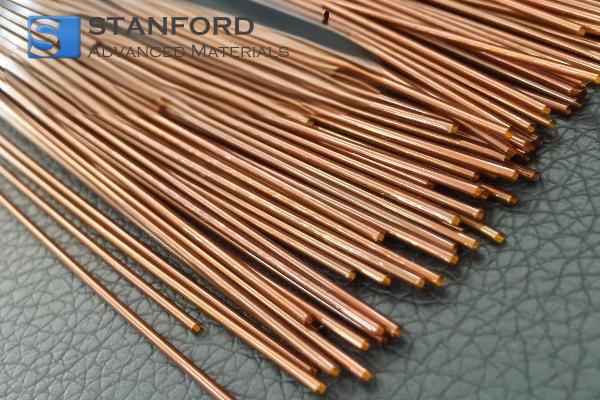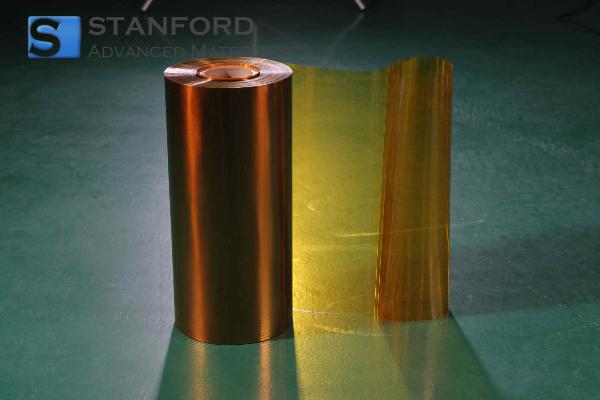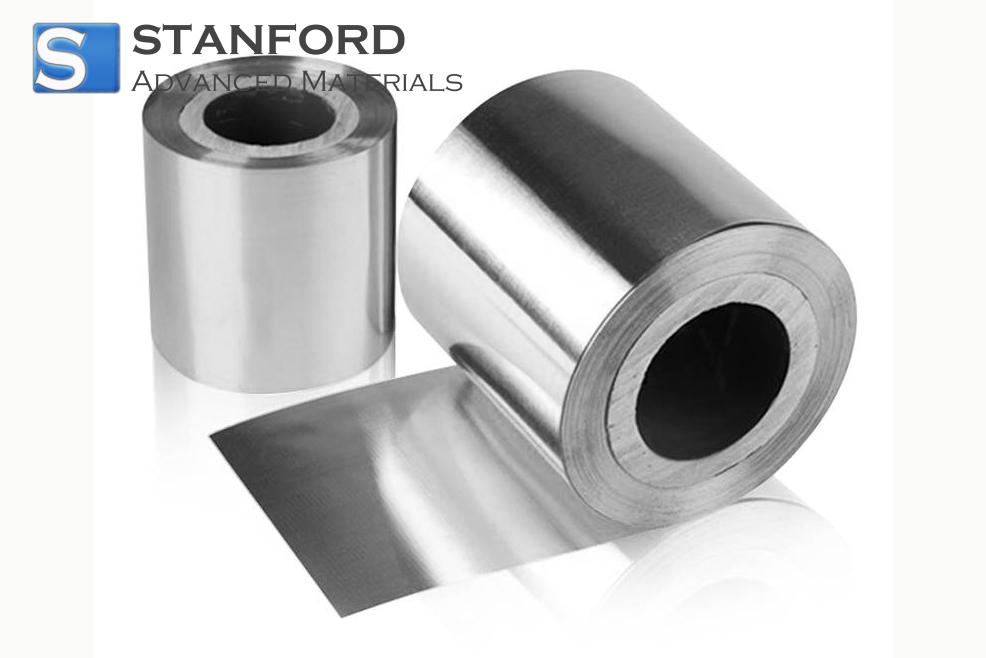Zinc: Element Properties And Uses
Description
Zinc (Zn) is a metallic element with atomic number 30. It is renowned for its corrosion resistance and its role in biological processes. It is widely utilised in galvanising, in alloys and batteries as well as in enzymes and human health.
Introduction to the Element
Zinc (Zn) is a chemical element with atomic number 30 and belongs to the transition metals in the periodic table. It is a bluish‐white, lustrous metal known for its corrosion resistance. Zinc is an essential trace element in the human body and is used in various sectors such as construction, automotive manufacturing and electronics.
The element is frequently extracted from ores such as sphalerite (zinc blende) and is recognised for its role in galvanisation – the process of coating iron or steel to prevent rust. Zinc also participates in biological processes, including immune system function, cell division and enzyme activity.
Chemical Properties Description
Zinc exhibits several chemical properties that render it applicable in a range of reactions. It reacts with acids, releasing hydrogen gas, and forms salts with a variety of acids, including zinc sulphate and zinc chloride. It is amphoteric, meaning that it can react as either an acid or a base.
Zinc may also be oxidised, which forms the basis for its use in galvanisation. When zinc is exposed to air, a protective layer of zinc carbonate develops that prevents further corrosion of the metal. This property makes zinc suitable for applications requiring corrosion resistance, for example in roofing materials, automobile bodies and external structures.
Physical Properties
Zinc possesses several physical properties that render it suitable for various industrial applications. Below is a table listing the key physical properties of zinc:
|
Property |
Value |
|
Atomic Number |
30 |
|
Density |
7.14 g/cm³ |
|
419.5°C |
|
|
Boiling Point |
907°C |
|
Colour |
Bluish‐white |
|
Conductivity |
Moderate electrical conductor |
|
Hardness |
Soft to moderately hard |
|
Malleability |
High (can be hammered into sheets) |
Further information is available at Stanford Advanced Materials (SAM).
Common Uses of Zinc
Owing to its versatility and corrosion resistance, zinc is used in a range of products and sectors. The following are some of the primary applications:
- Galvanisation: Zinc is predominantly used for the galvanisation of iron and steel to prevent rust, which is significant in both construction and the automotive industry.
- Alloys: Zinc is employed in the production of various alloys; brass, an alloy of zinc and copper, is used in plumbing fixtures, musical instruments and coins.
- Batteries: Zinc is a component in dry batteries such as alkaline batteries, which are used in everyday electronics.
- Agriculture: Zinc is a micronutrient for plants and is often included in fertilisers.
- Cosmetics and Pharmaceuticals: Zinc oxide is incorporated in sunscreens, ointments and lotions due to its skin-protective properties.
Methods of Preparation
Zinc is primarily extracted from its ores, particularly sphalerite, a zinc sulphide mineral. The extraction process comprises several steps:
- Roasting: The zinc ore is heated in the presence of oxygen to convert it into zinc oxide.
- Reduction: The zinc oxide is subsequently reduced using carbon (in the form of coke) or other reducing agents to yield zinc metal. The resultant zinc vapour then condenses into solid zinc.
In addition to extraction from ores, zinc can also be recovered through recycling of metal scrap.
Frequently Asked Questions
What is the primary use of zinc?
Zinc is predominantly used for the galvanisation of iron and steel to prevent rust. It is also employed in alloys such as brass, in batteries and in agricultural fertilisers.
How is zinc extracted?
Zinc is extracted from its ores, primarily sphalerite, through roasting and reduction processes. The zinc oxide produced is reduced with carbon to obtain zinc metal.
Is zinc harmful to humans?
Zinc is an essential element for human health; however, excessive exposure can be detrimental. The intake of an excessive amount of zinc may result in zinc poisoning, which produces symptoms such as nausea, vomiting and abdominal pain.
Can zinc be recycled?
Yes, zinc can be effectively recycled. In fact, recycling zinc forms an integral part of its industrial use, particularly in the production of galvanised steel and other zinc‐based products.
What are the physical properties of zinc?
Zinc is a bluish‐white metal with a density of 7.14 g/cm³, a melting point of 419.5°C and a boiling point of 907°C. It is a moderate electrical conductor and is relatively malleable.

 Bars
Bars
 Beads & Spheres
Beads & Spheres
 Bolts & Nuts
Bolts & Nuts
 Crucibles
Crucibles
 Discs
Discs
 Fibers & Fabrics
Fibers & Fabrics
 Films
Films
 Flake
Flake
 Foams
Foams
 Foil
Foil
 Granules
Granules
 Honeycombs
Honeycombs
 Ink
Ink
 Laminate
Laminate
 Lumps
Lumps
 Meshes
Meshes
 Metallised Film
Metallised Film
 Plate
Plate
 Powders
Powders
 Rod
Rod
 Sheets
Sheets
 Single Crystals
Single Crystals
 Sputtering Target
Sputtering Target
 Tubes
Tubes
 Washer
Washer
 Wires
Wires
 Converters & Calculators
Converters & Calculators
 Write for Us
Write for Us




 Chin Trento
Chin Trento



